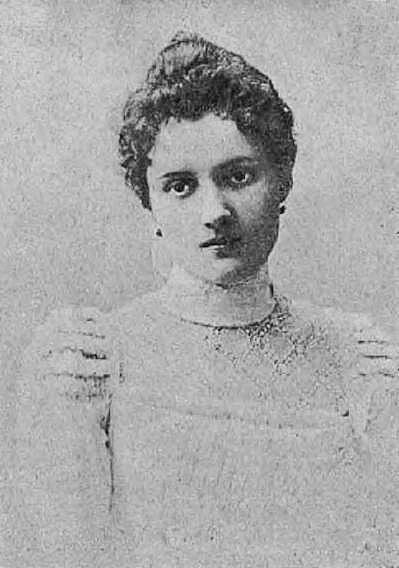
that captured Szczepanik's heart.
The Bulletproof Vest
Szczepanik is often acknowledged as being the inventor of the bulletproof vest in 1901, though in reality he was only half the brains behind its production. Każimierz Żegleń, a Polish Catholic priest and part-time inventor from Tarnopol (now Tarnopil in Ukraine), had been researching and developing a bulletproof vest leading off the research of American wild-west physician George E. Goodfellow, who had been experimenting with the anti-ballistic properties of layered silk. Żegleń implemented more weaving techniques and eventually produced a single centimetre-thick vest that he publicly demonstrated in 1897 (the priest-inventor wore the vest and his assistant fired the bullet!). Szczepanik was introduced to Żegleń around the turn of the century and helped him make some refinements, introducing his own automated-weaving technology, which made the vest a viable commercial product for mass-production. Publicity assisted the vest's popularity when Spain’s King Alfonso XIII survived an assassination attempt after Szczepanik had gifted him with his very own. It's been alleged that Szczepanik also offered one of his vests to Archduke Franz Ferdinand, whose refusal lead to the Archduke getting gunned down - a small event that literally triggered the Great War.As for his relationship with Żegleń, the two Poles eventually had a falling-out over business relations, and though Żegleń never relinquished his authorship, it was Szczepanik's weaving production and entrepreneurship that made him profit more off the success of their product - so much so, in fact, that Żegleń's contributions are all but forgotten today. Although Żegleń's legacy may live in Szczepanik's shadow today, Szczepanik's contributions to science and technology have likewise been eclipsed by name-brand brains like Edison, Tesla, Franklin and Da Vinci.
Tarnów Remembers Szczepanik
Jan Szczepanik fell seriously ill in 1925, and died of liver cancer in his adopted hometown of Tarnów on April 18, 1926.In 2002 a rather charming bust of the great man was unveiled in Tarnów on Plac Szczepanika, directly north of the Old Town near the central post office, while an identical bust stands over his tomb in the Old Cemetery. In 2011 Plac Szczepanika was completely renovated with a new two-level fountain, landscaped walkways and new benches. Szczepanik has been given better exposure than ever before with his monument prominently displayed before a new installation with information and photos of his life and inventions, as well as a long curving wall that includes a large mirrored bust of his iconic head, his signature and some important dates from his career. Make a detour in your wanderings to give it a look.


_m.jpg)
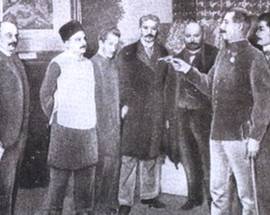
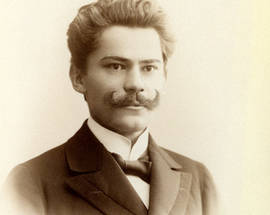
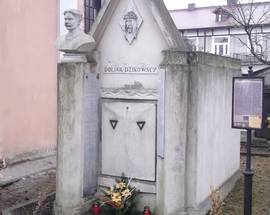
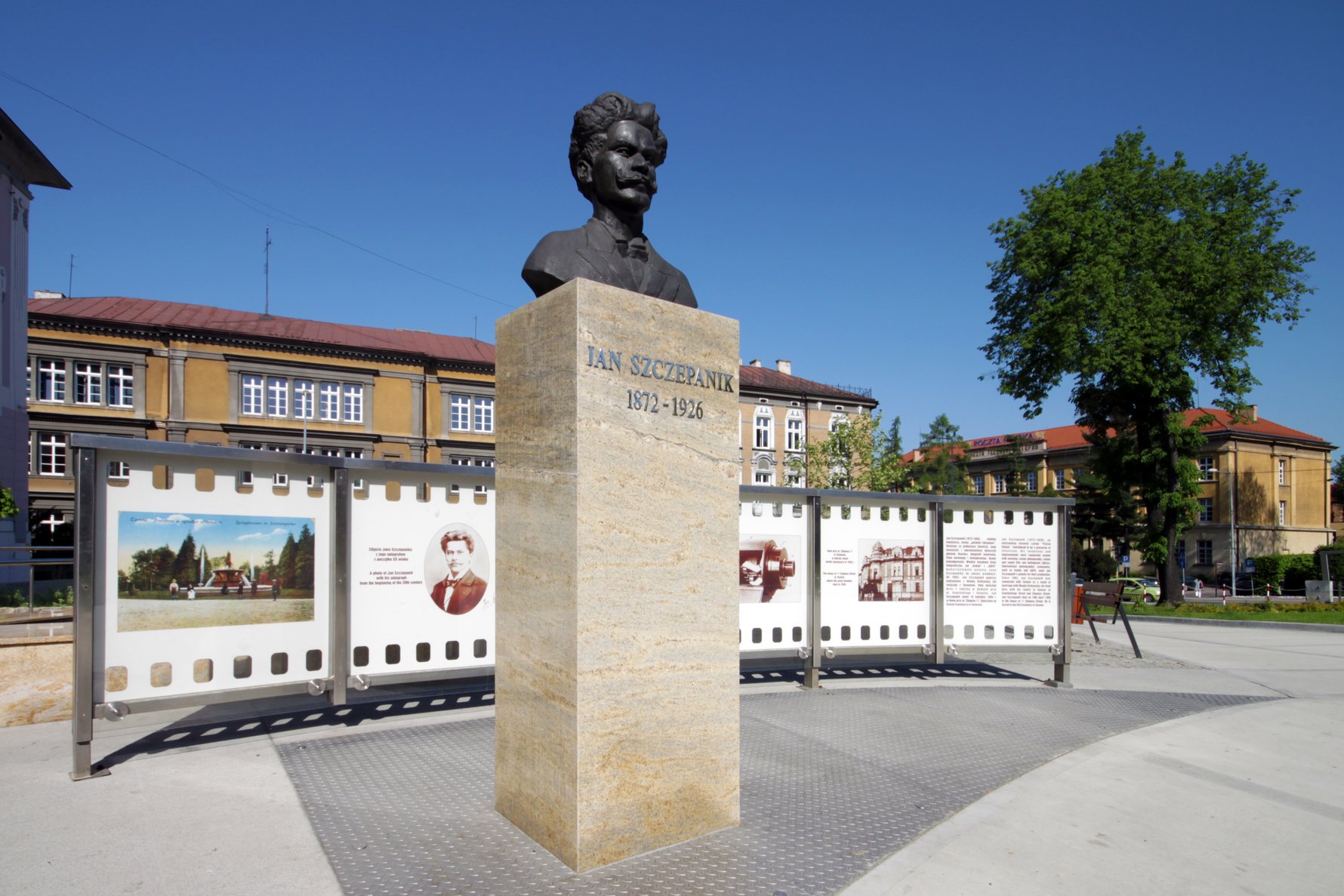
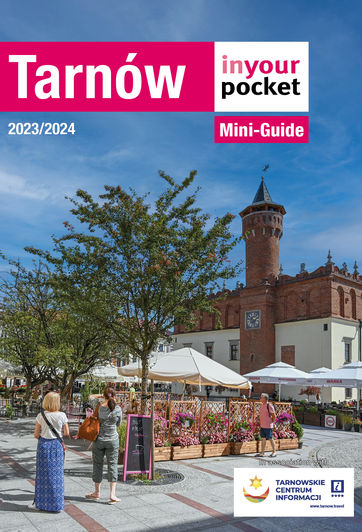


Comments